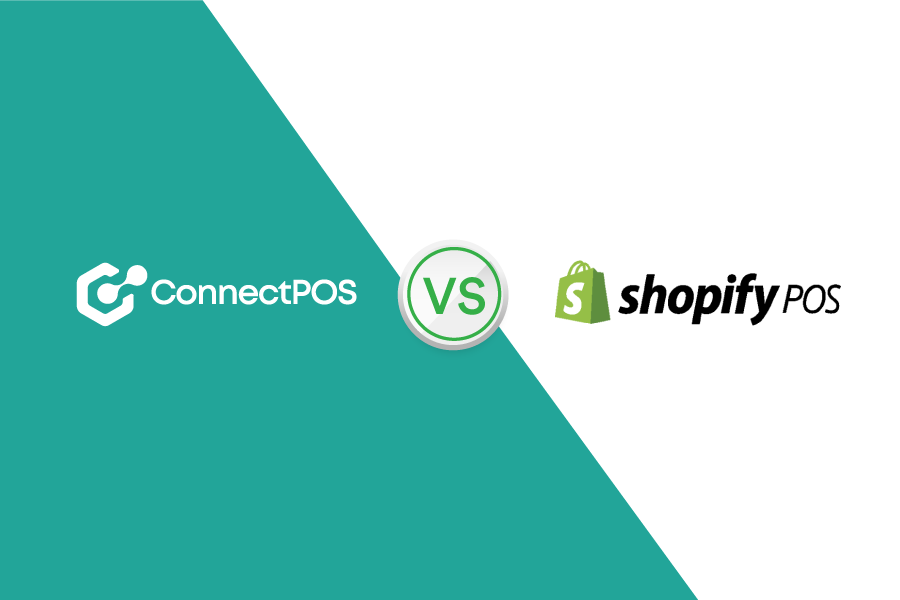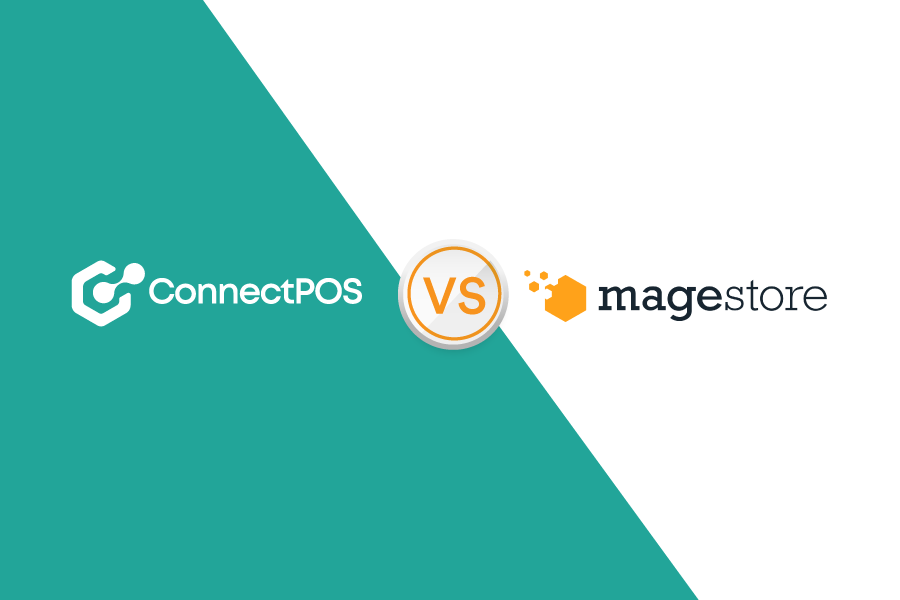Data management flexibility has become an important priority for organizations in an increasingly diverse, distributed, and complex environment. To reduce human error and overall costs, data and analytics leaders need to look beyond traditional data management approaches and move to modern solutions like AI-powered datasets integration. The new design concept called “data fabric” will be a solution to these ever-present data management challenges.
In this article, we provide information about how to weave data fabric into your business insights.
What is a data fabric?
Data fabric refers to a design concept that serves as the integrated data layer (structure) and interconnecting processes. It uses continuous analysis against existing, discoverable, and referenced metadata assets to support the design, implementation, and use of integrated and reusable data across all environments, including hybrid and multi-cloud platforms.
What are the main benefits of data fabric?
Data fabric can help your businesses access data on-premises or support data consolidation as appropriate. It continuously identifies and connects data from disparate applications to discover unique or business-relevant relationships between available data points. Insights support redesigned decision-making that delivers more value through faster access and understanding than traditional data approaches.
For businesses, applying a data fabric system helps better manage data. Corporate data that used to be stored under tight IT supervision will flow freely across organizations. This new design delivers clear benefits with more perspectives and collaboration allowing companies to use data at a wider range than ever before, ensuring that every corner of their business is all data-based.
How to weave data fabric into your business insights?
Connect all data
To weave data fabric into business insights, businesses first need to connect all the data. For conventional archiving, storage is often limited to the amount of data so it can be stored in many places such as in an enterprise data warehouse, at different database management systems, in data lakes, on-premises, in the cloud, or at the edge. The first thing businesses need to do is to bring together all the data in their organization, both structured and unstructured data.
Build active metadata
To share data easily, it’s important for businesses to have active metadata enabled. In order to do so, businesses need to continuously analyze available metadata for key metrics and statistics, then build a graph model. To make it easy to understand, it’s a good idea to describe metadata with pictures, based on their unique and business-relevant relationships. Finally, your business needs to leverage key metadata metrics to enable AI/ML algorithms, learn over time as well as make advanced predictions about data management and integration.
Automate and orchestrate
In order for an enterprise to be able to process huge amounts of structured and unstructured data, automation and orchestration are required. On-the-fly metadata-driven orchestration tools deliver data to the right analytics projects.
Conclusion
Applying data fabric to the management of enterprise data will make it much easier to manage and coordinate business activities. Contact us to help your business get support in enterprise data management.
ConnectPOS is a all-in-one point of sale solution tailored to meet your eCommerce POS needs, streamline business operations, boost sales, and enhance customer experience in diverse industries. We offer custom POS with features, pricing, and plans to suit your unique business requirements.




